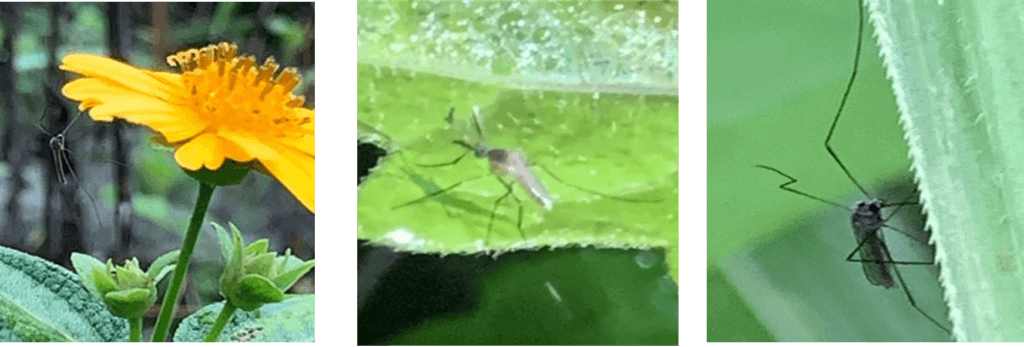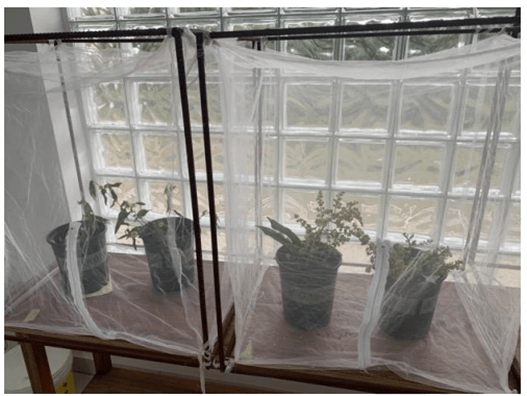Can the Anopheles gambiae mosquito pollinate? A scientific exploration

The high-pitched buzzing of a mosquito typically brings to mind memories of itchy bites and thoughts of the deadly disease malaria, and other viral infections like dengue, zika, and chikungunya. While these associations are well-known, it is lesser known that mosquitoes, may be occasional plant feeders.
Both male and female mosquitoes from various species feed on plant fluids, and some even contribute to pollination. The Culex and Aedes mosquito species have been documented feeding on floral nectar and aiding in plant pollination, but there was no scientific evidence suggesting that Anopheles gambiae played a role in pollination. Further scientific investigation needed to be undertaken.
Investigating Mosquitoes in the Wild
To explore this potential, I conducted an extensive study in two malaria-endemic villages in Ghana. Over 608 hours were spent searching for interactions between Anopheles gambiae and flowers. The result of this observation demonstrated that no such interactions were observed. Not a single Anopheles gambiae was seen on any flowers. In contrast, a few Culex species were found on petals and leaves.

Culex mosquito species spotted on various plant parts in the wild.
To further investigate this, 709 Anopheles gambiae mosquitoes were collected – 246 from indoor environments and 463 from outdoor locations such as under leaves, in abandoned houses, and among packed blocks. These mosquitoes were examined under a light microscope for pollen grains, but none were found.
Controlled Experiments: Testing for Pollination Potential
To determine if Anopheles gambiae could pick up pollen in a controlled environment, 120 newly emerged, unfed Anopheles gambiae mosquitoes were introduced to the flowers of 11 different plant species in cages. The mosquitoes visited all the flowers provided to them overnight.

An. gambiae visiting flowers in the laboratory
Upon examination the following morning, some mosquitoes were found with pollen grains, mostly attached to the head region (antennae and mouthparts), abdomen, and legs.

Pollen attached to An. gambiae under light microscope (x100).
Energy Sources and Flower Visitation
The next experiment was to try to understand how Anopheles gambiae obtains energy if not frequently visiting flowers. The mosquitoes were introduced to branches of the same 11 plant species, and their visits to various plant parts were recorded.

Plant branches with inflorescence in a cage to which An. gambiae were introduced
The results showed that most of the mosquitoes preferred visiting leaves (90 visits) and nodes (54 visits) over flowers (just 10 visits).
This behaviour suggests that Anopheles gambiae likely may be deriving its energy from other parts of the plant more often than from flowers. Since the effectiveness of a pollinator is largely determined by its frequency of flower visitation, it can be concluded that Anopheles gambiae may not be an effective pollinator.
Conclusion
While Anopheles gambiae mosquitoes are capable of picking up pollen in a controlled environment, their infrequent visits to flowers in the wild indicate they are unlikely to play a significant role in pollination. Their primary source of energy seems to be derived from leaves and other plant parts.
